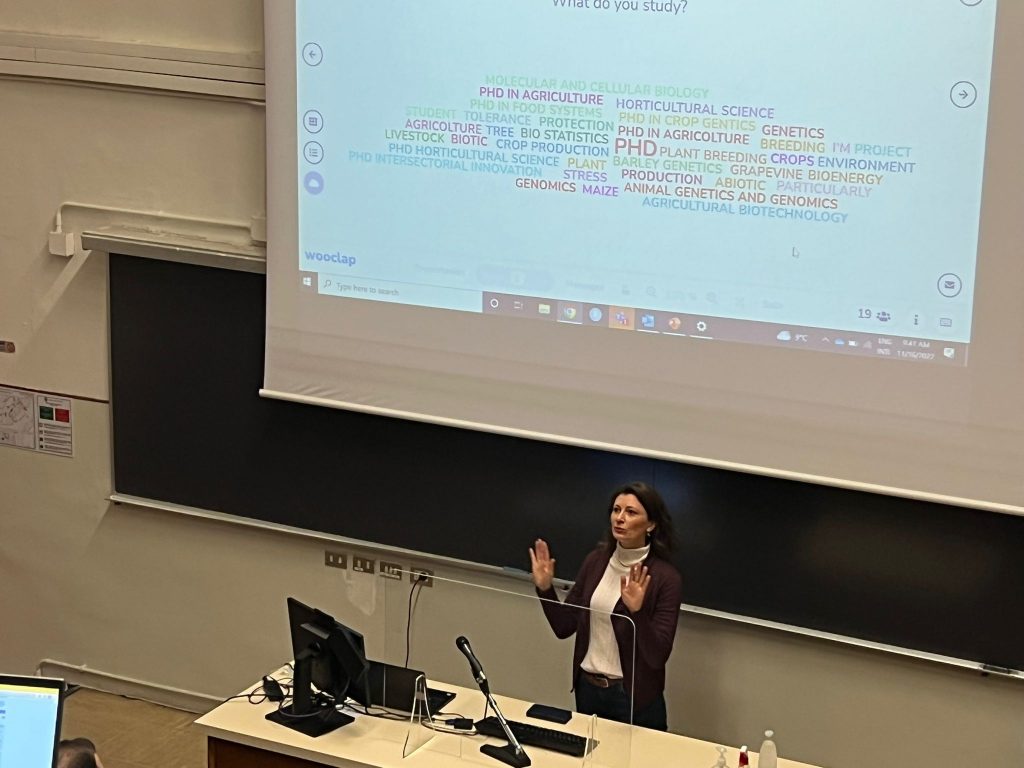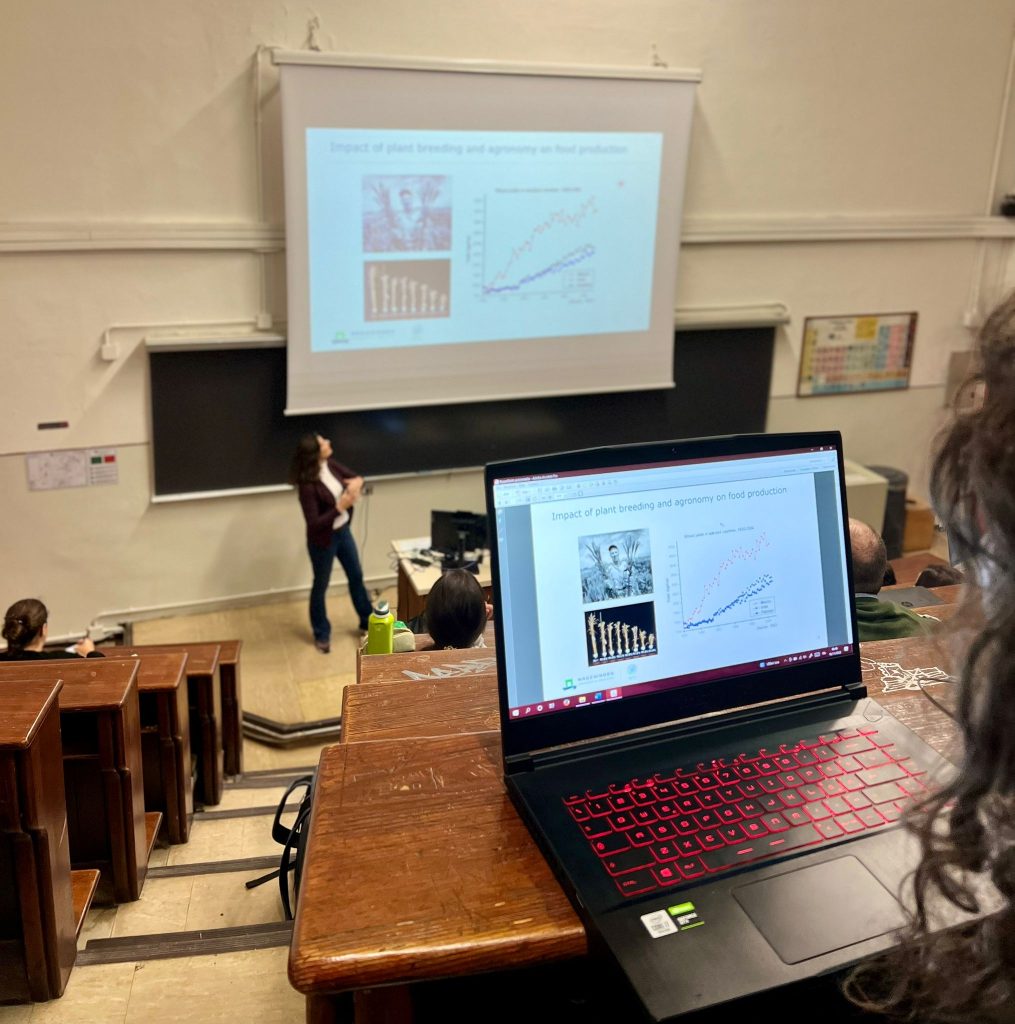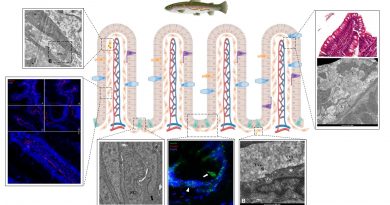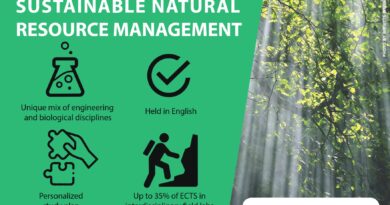VISITING PROFESSORS @DISAA
Professor Daniela Bustos Korts, background in agronomy and agricultural sciences at the Universidad Austral de Chile, Chile, with an MSc in crop physiology at the same university. During her PhD and post-doc, she specialized in statistical genetics at the Wageningen University, number one university in the fields of plant/animal science, environment/ecology, and agricultural sciences. Daniela paid a visit to our department, in the framework of the PhD in Agriculture Environment and Bioenergy, to give our students an intensive course in plant breeding. In this interview, she tells how the course has been developed.
First of all, Daniela, how do you like being here?
I felt very welcome since the very first moment. The students are very motivated and it is really nice to interact with them.
Which degrees do they come from?
Well, this is a very international class with both master and PhD students. Some of them are permanently studying at UniMi, while others are “rotating students” that follow different tracks between two universities in the framework of the Erasmus+ emPLANT+ programme. Therefore, they have very different backgrounds and I believe, this enriches the quality of the interactions.
Well yes, it is proven that melting pot boosts creativity.
Some of them come from animal science, other from plant science and biotechnology. That creates different discussions and interactions.
What’s the focus of your course?
My course is focused in statistical methods to design and analyze plant breeding experiments. It is a practical course. I believe the most efficient way to learn things is to embrace a “learning by doing” philosophy.
Can you please tell me how the course is structured?
I give lectures for each topic we deal with. Then, I do illustrate its principles and practical applications. Then, during a guided discussion with the students, we repeat the main concepts of the lesson. The focus of course is related to plant breeding with the aim to help plant breeders select crop varieties that can grow better in different conditions. We discuss topics related to experimental designs, analysis of individual trials and models to characterize crop adaptation across multiple environments, with the final goal of identifying which varieties will grow best in each of the environmental conditions that are of interest to farmers.


You present the lecture and then you evaluate its practical applications.
Yes. Today, we discussed about how to analyze field trials. I gave them yield data from many varieties that were grown in different places in Australia and we compared different types of experiments. So, my question was: which information help us identifying the best variety? The type of variety that you need for drought lands is not the same that you need in a cold or humid climate. Our studies can help breeders to identify which crops will do better and in which conditions. Sometimes, I think that plant breeding is a “number game”. If you have more varieties, it is easier to identify at least a few that can nicely grow. But, to identify the right one, statistical tools are essential.
In fact, if you want to recommend a variety in the North of Italy, compared to the South, you justify your choice with data.
Next week, we will look at the combination of different trials and we will go through the identification of geographical areas that have similar patterns.
So basically, your course is based on the presentation of existing statistical tools that can help plant breeders be more efficient…
Yes, and in order to help them identify which crop variety can grow in different weather conditions, loads of calculations are needed. My role is to try to make it as simple as possible.
Do you think your job is even more significant with the current climate change?
Climate change is a big challenge ahead of us. The environment that breeders considered when they selected the varieties grown today is not the same environment that will be faced by the varieties of tomorrow. So, the question is “how can we make good use of the information that plant breeders are generating now to take the best decisions for the future?” Consider that now more than ever, there are so many new tools including molecular markers, phenotypes, drones, AI and plenty of information coming from the satellite.
I sometimes ask myself if scientists know what to do with all this information.
This is indeed another challenge. Well, in this course, I offer my students a few techniques that can help to decide how to use all these data. We work a lot on data visualization Then, we feed different statistical models in order to go back to our data plotting again to extract results.
Will your course end with an exam?
Yes, but once again I will focus on the practical elements of the course and on the understanding of the main concepts. In fact, the module I planned is very intense and compact and therefore, I am sure students will need more time to look at it into details before digesting it.
You came here introduced by our Professor Laura Rossini. How did you meet her?
I come from Chile, but after my masters at the Universidad Austral de Chile, I moved to the Netherlands, at the Wageningen University for my PhD and post-doc studies. Now I am an assistant professor there. Well, few years ago, I joined a large scale collaborative EU project where Professor Rossini was also involved, WHEALBI – about genetic diversity of wheat and barley.
She has been engaged in this type of research in our university for years now.
Back then, she contributed to generate a molecular marker dataset for barley. It was a very nice surprise when she contacted me and invited me here. I think this shows that these EU projects are a great opportunity for young people to develop a working network.
What’s your plan for the future?
I’ve been living in the Netherlands for over 10 years now. This was a long period of my life! Next year I’ll move back to my home university, to the faculty of agricultural sciences where my deep passion for these subjects was born. In this decade I’ve learnt a lot. Now it is time to show and share all these things with my people. And be close to my family.
Europe will miss you.
Europe is a great place to live. It was a very rich experience for me and I want to stay connected to my network. Science gives exciting opportunities like conferences and projects. It is easy to stay connected, and this is my good resolution.




